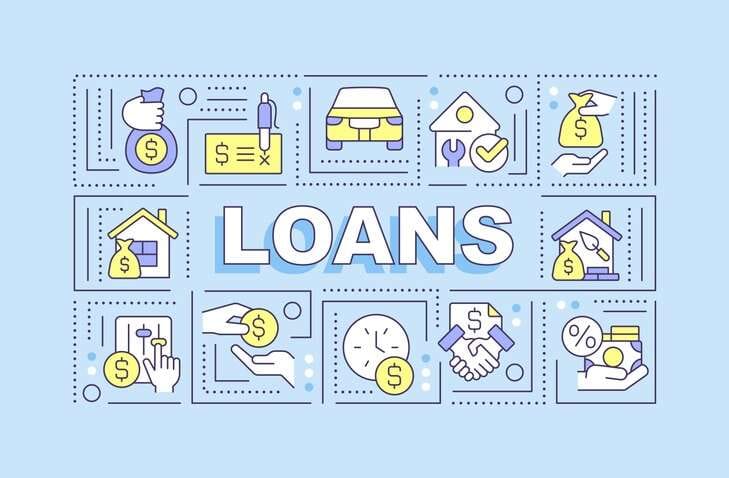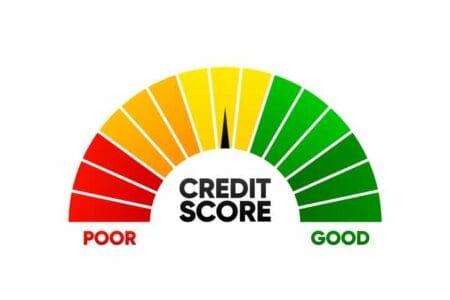
Loans: Understanding the different types of loans
What are loans
Loans are an essential financial tool for individuals and businesses alike. They provide access to funds that can help finance various expenses and investments. However, with numerous types of loans available in the market, choosing the right one can be overwhelming. Understanding the different types of loans available, their advantages, and their features can help you make an informed decision about which loan is right for you.
Types of Loans:

Personal Loans: Personal loans are unsecured loans that are typically used for personal expenses like home renovations, weddings, or medical bills. These loans are based on the borrower’s creditworthiness and income. The interest rates for personal loans can vary widely, depending on the borrower’s credit score, income, and other factors.
Business Loans: Business loans are designed to help finance business operations, investments, and expansions. These loans are typically secured by business assets, such as inventory, equipment, or real estate. Business loans can be short-term or long-term, and the interest rates can vary depending on the type of loan.
Student Loans: Student loans are designed to help students finance their education. There are two types of student loans: federal and private. Federal student loans are issued by the government, and private student loans are issued by private lenders. The interest rates for student loans can vary depending on the type of loan and the borrower’s creditworthiness.
Auto Loans: Auto loans are used to finance the purchase of a vehicle. These loans are typically secured by the vehicle itself. The interest rates for auto loans can vary widely, depending on the borrower’s credit score, income, and other factors.
Advantages of Loans:
Access to Funds: Loans provide access to funds that may not be available otherwise. This can be particularly beneficial for emergencies, investments, or other expenses that require a significant amount of money.
Flexibility: Loans can be used for a wide range of purposes. This flexibility makes them a useful financial tool for a variety of situations.
Builds Credit: If you make regular payments on your loan, it can help build your credit score. A good credit score can help you qualify for better interest rates on future loans, credit cards, and other financial products.
Loan Structure:

The structure of a loan includes the loan amount, interest rate, repayment term, and any fees associated with the loan. Understanding the structure of a loan is important when deciding which loan to choose. For example, a loan with a lower interest rate may be more attractive, but it may come with a shorter repayment term or higher fees.
Attributes of Loans:
Interest Rates: Interest rates are a critical factor in determining the overall cost of a loan. The interest rate is the percentage of the loan amount that the lender charges for borrowing the money. The interest rate can be fixed or variable, and it can vary depending on the type of loan.
Repayment Terms: Repayment terms refer to the length of time over which the loan must be repaid. Shorter repayment terms may result in higher monthly payments but lower overall interest costs. Longer repayment terms may result in lower monthly payments but higher overall interest costs.
Fees: Many loans come with fees, such as origination fees, application fees, or prepayment penalties. It is essential to understand any fees associated with the loan before signing the loan agreement.
Loan Process:

The loan process typically involves the following steps:
Application: The borrower completes an application that includes personal and financial information.
Approval: The lender reviews the application and decides whether to approve or deny the loan.
Funding: If the loan is approved, the lender will provide the funds to the borrower.
Loan structure
When applying for a loan, it’s important to understand the loan structure. The structure of the loan determines how the loan will be repaid. The most common loan structures are:
Installment loans: Installment loans have fixed payment amounts that are due at regular intervals. Each payment goes towards paying down the principal and interest of the loan. Car loans and mortgages are common types of installment loans.
Revolving loans: Revolving loans have a credit limit, and you can borrow and repay funds as needed. Credit cards and lines of credit are examples of revolving loans.
Balloon loans: Balloon loans have smaller monthly payments for a set period of time, and then a larger lump sum payment at the end of the loan term. This type of loan is often used for business loans or real estate purchases.
Attributes of Loans

Interest rate: The interest rate is the cost of borrowing the money and is expressed as a percentage. The interest rate can be fixed or variable.
Loan term: The loan term is the length of time you have to repay the loan. Longer loan terms typically have lower monthly payments but result in paying more interest over time.
Fees: Some loans may come with fees, such as application fees, origination fees, or prepayment penalties.
Collateral: Secured loans require collateral, which is something of value that can be taken by the lender if the loan is not repaid. Examples of collateral include a car or a home.
Credit score: Your credit score plays a significant role in whether you are approved for a loan and the interest rate you are offered. A higher credit score generally results in a lower interest rate.\
In conclusion, understanding the different types of loans available is crucial when deciding which loan is best for you. It’s important to consider the loan structure, attributes of the loan, and the loan process when choosing a loan. Additionally, understanding the interest rates for different types of loans can help you make an informed decision. Whether you are looking to purchase a car, buy a home, or finance a business, there is a loan out there for you.


